Black Americans in the Spotlight: Minstrel Shows & Music
Although Black Americans were repeatedly marginalized in their efforts to integrate into American life, artists began producing minstrel shows and music to develop Black culture in the United States.
Blackface Minstrel Shows:
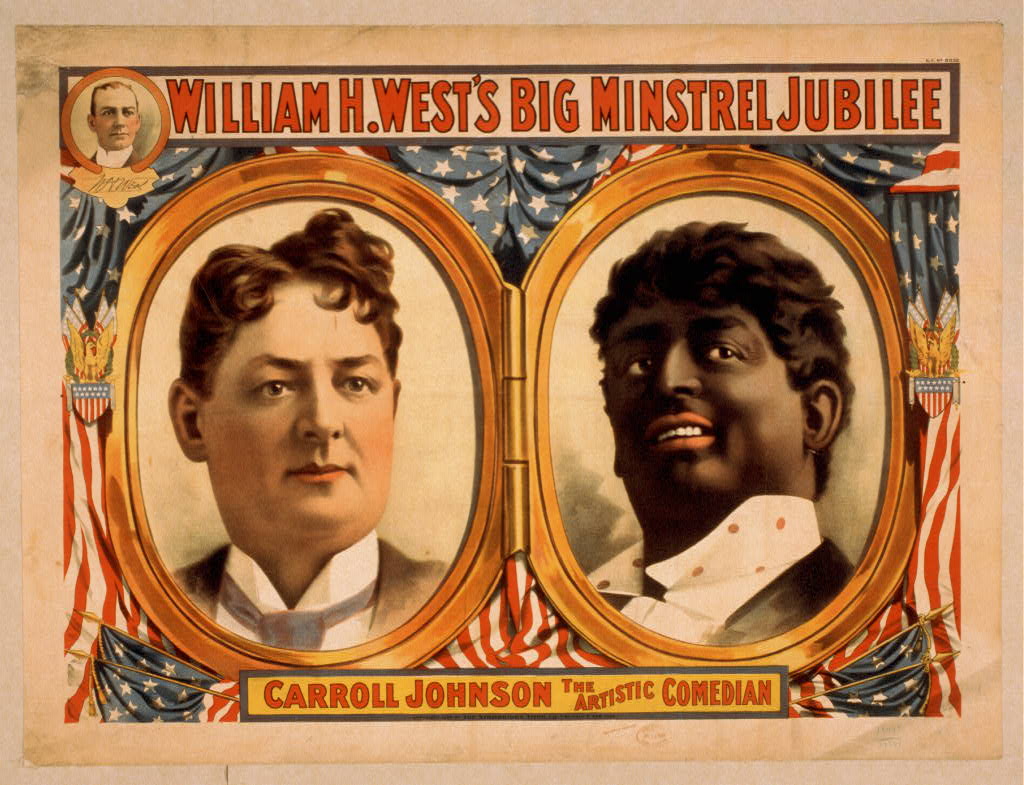
William H. West's Big Minstrel Jubilee, 1899
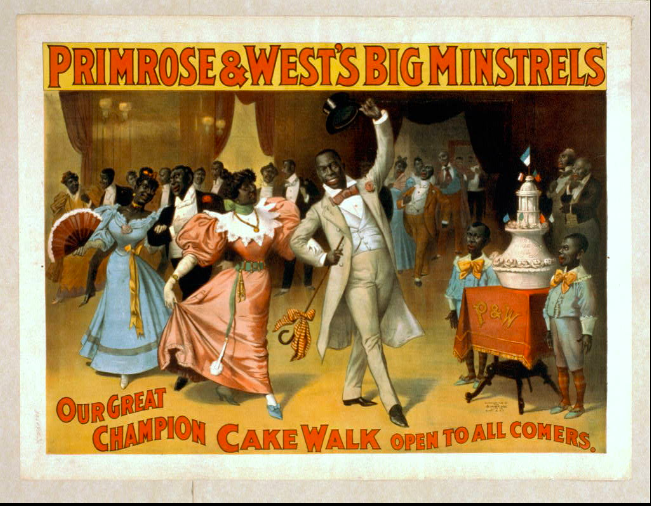
Primrose & West's Big Minstrels, 1896.
The first shows in the early 19th century were performed in New York by white people in blackface who mimicked and stereotyped enslaved people in the South, developing characters such as "Jim Crow."
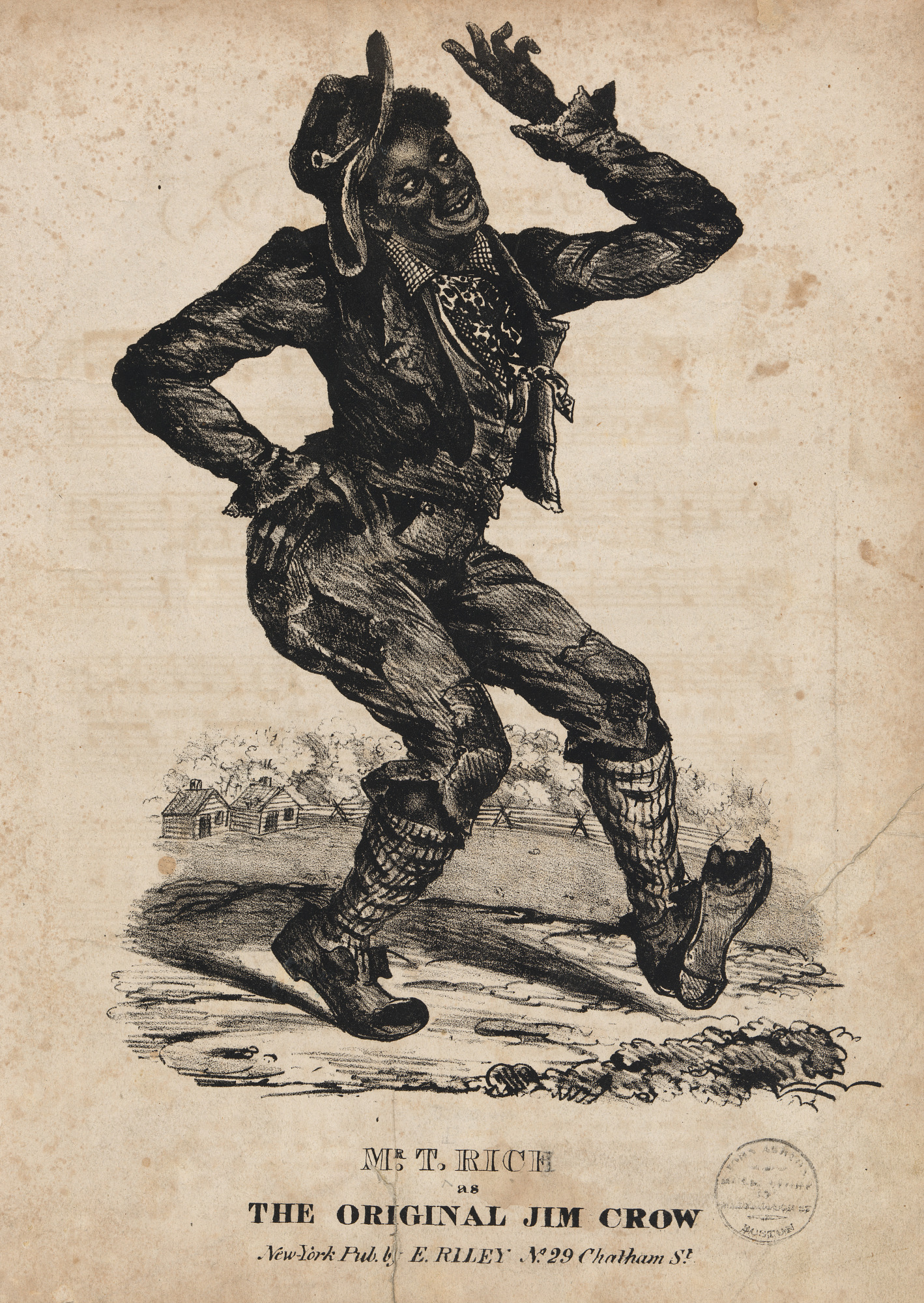
"The Original Jim Crow," Edward Williams Clay and Thomas Dartmoth Rice, 1830.
Darkydom: The Failed Show
During this time, it was difficult for Black Americans to engage in theater, as the white population had taken so much dominance in the industry. Soon-to-be writers of Shuffle Along Flournoy Miller and Aubrey Lyles hoped to break through when they produced Darkydom, a musical comedy, in 1915.
“Miller and Lyles have an important mission to perform for the stage and for their race”
~ The New York Age, 1915
Unfortunately, the show did not succeed and was closed before reaching Broadway.

"Darkydom" Review, The New York Age, 1915
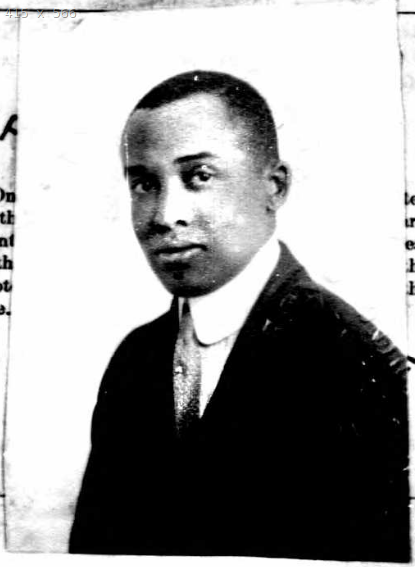
Flournoy Miller, 1916
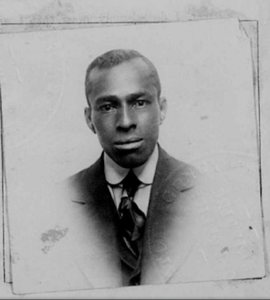
Aubrey Lyles
African American Rise:
However, the first significant success of a Black dramatist was Angelina W. Grimké’s Rachel in 1916:
Rachel features a woman who vows never to bring her children into the world because of racism. The play was one of the first to address injustice in the United States.
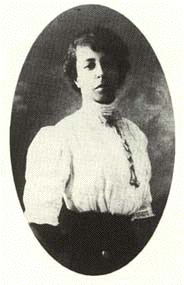
Angelina Grimké

Advertisement for Grimké's Rachel
Rabbit's Foot Minstrels:
Founded in 1900 by Patrick Chappelle, the traveling comedy show rapidly gained recognition.
Chappelle had "successfully run a Negro show without the help of a single white man."
~ Patrick Henry Chappelle
The Resulting Music:
Like other Black-led minstrel shows, Rabbit's Foot performances featured musicians such as Gertrude “Ma” Rainey, which allowed her and others to begin their careers.

Waltz- "Molly Green," W.M. Cook 1907
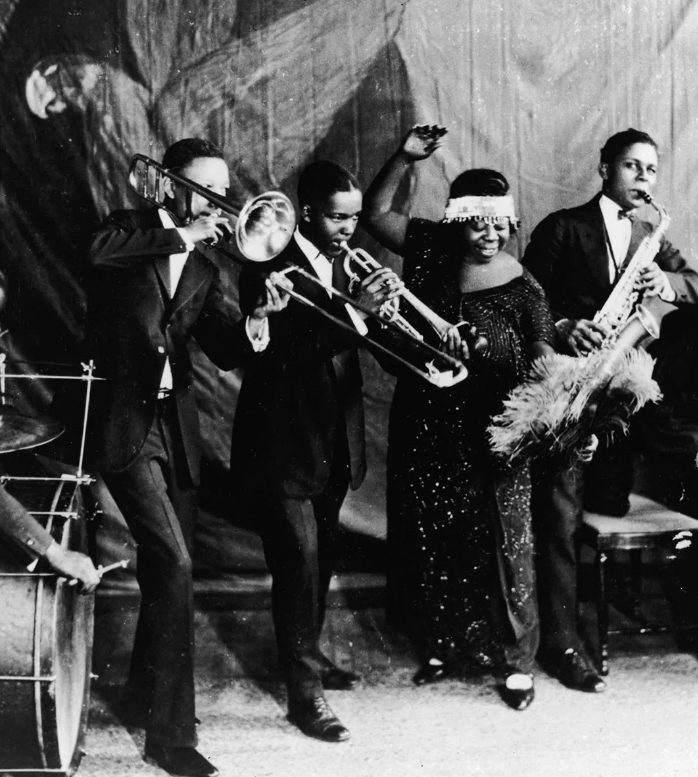
Ma Rainey and Her Band, 1923
"Swing Along," W.M. Cook 1915
